
Knockout Dropper (41-24605, 303BG) taxis to hardstand on 13 November 1943. Her VHF antenna is visible center fuselage, left of the radio hatch gun.
One of the most enjoyable aspects of this restoration has been rediscovering the craftsmanship of a bygone era.
Recently, Charlie was able to track down the final pieces of the SCR-522 VHF radio system. Aside from wiring, we now have everything we need to start restoring the VHF to operational condition. This is a fascinating system, in large part because the VHF antenna is so prominent in the B-17’s profile.
I won’t get into the intricacies of VHF radios, rather I wanted to upload a play-by-play of one of the more intricate pieces of woodworking we have encountered thus far.
While the AN-104 antenna was fairly common in the 1940s, no two aircraft types mounted the antenna the same way. According to blueprint 9-9160, the B-17’s VHF antenna was held in place by a pair of 2-inch thick block-clamps, specifying the use of either phenolic or maple – neither of which are particularly easy to come by in said thickness. After some digging, we were able to find a willing hand with Cormark International, who sold us a gorgeous piece of maple log from which we could make our mounts.
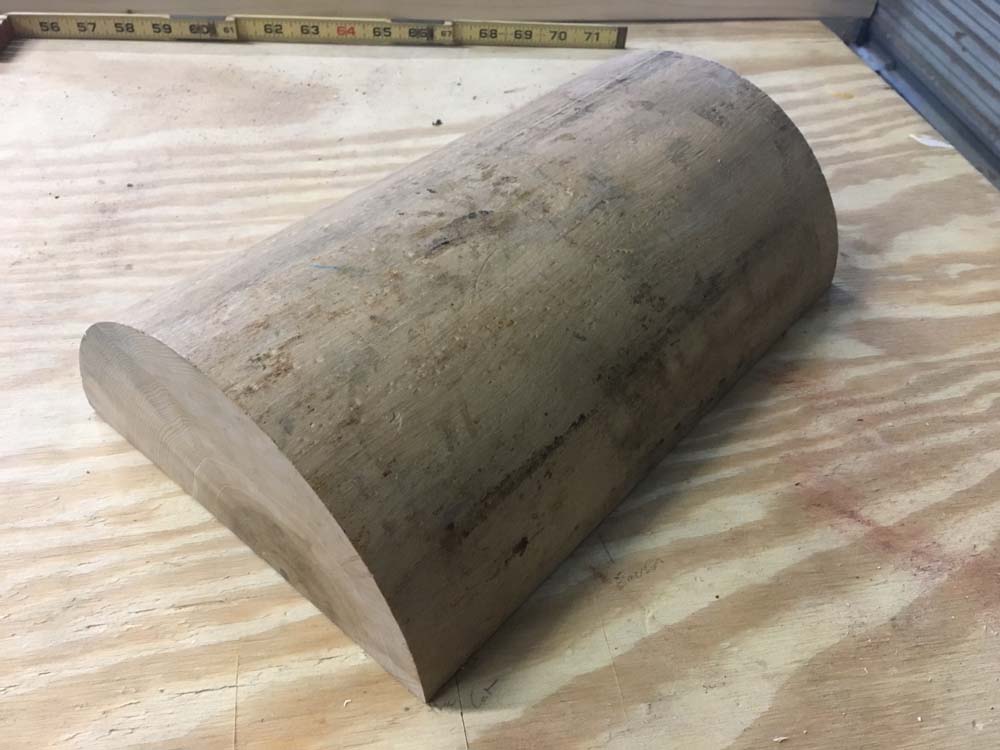
The wood was incredibly dense, the tightness of the grain suggesting that the original maple tree had some age. We were at first concerned that this heavy wood would prove difficult to work with. In fact, it worked like a dream.
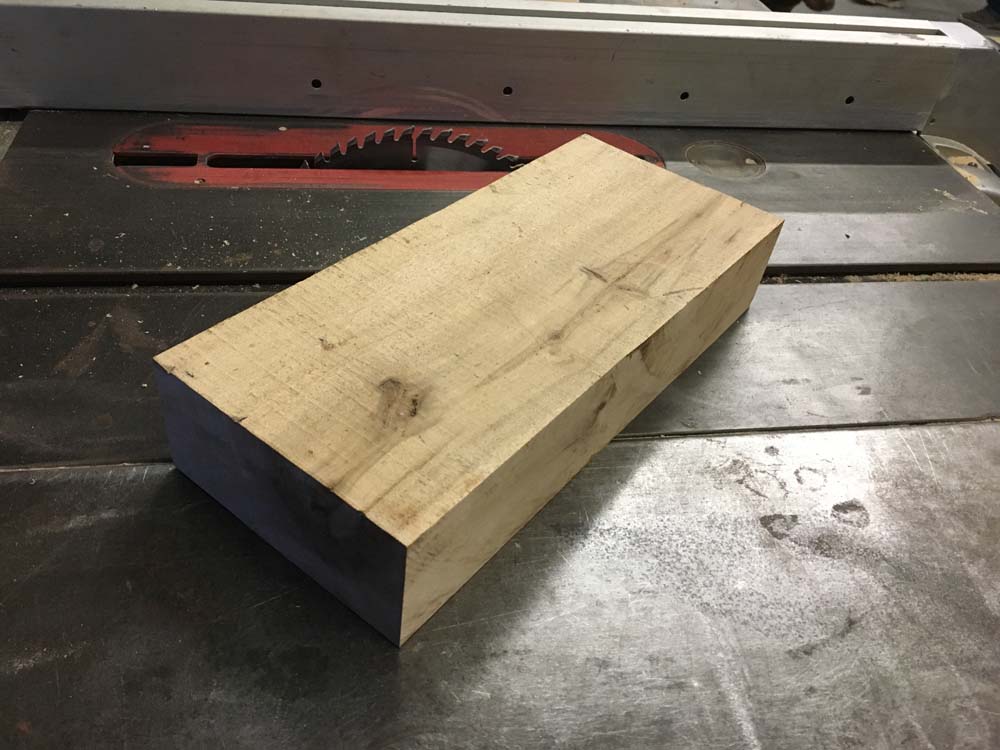
The rounded edges were removed from the log and the finished blank was planed to ensure a uniform squareness.
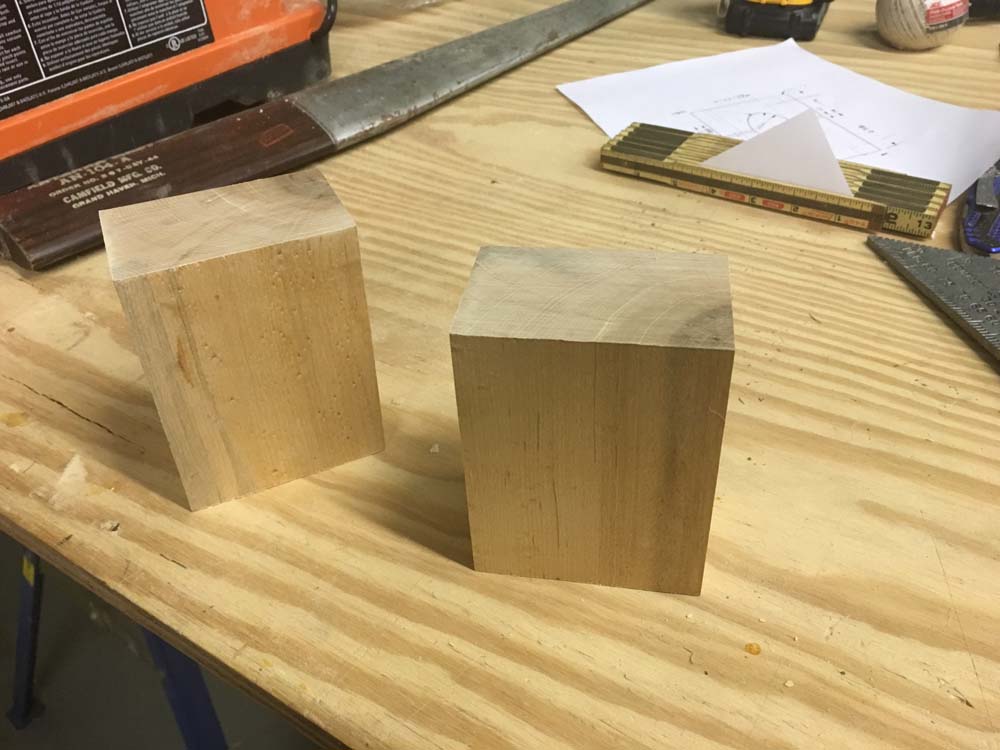
From the blank, the basic dimensions of the clamps were cut. The AN-104-A antenna itself is visible nearby. Before we began any cutting, the holes for the screws were drilled so we could ensure alignment after the blocks were halved.
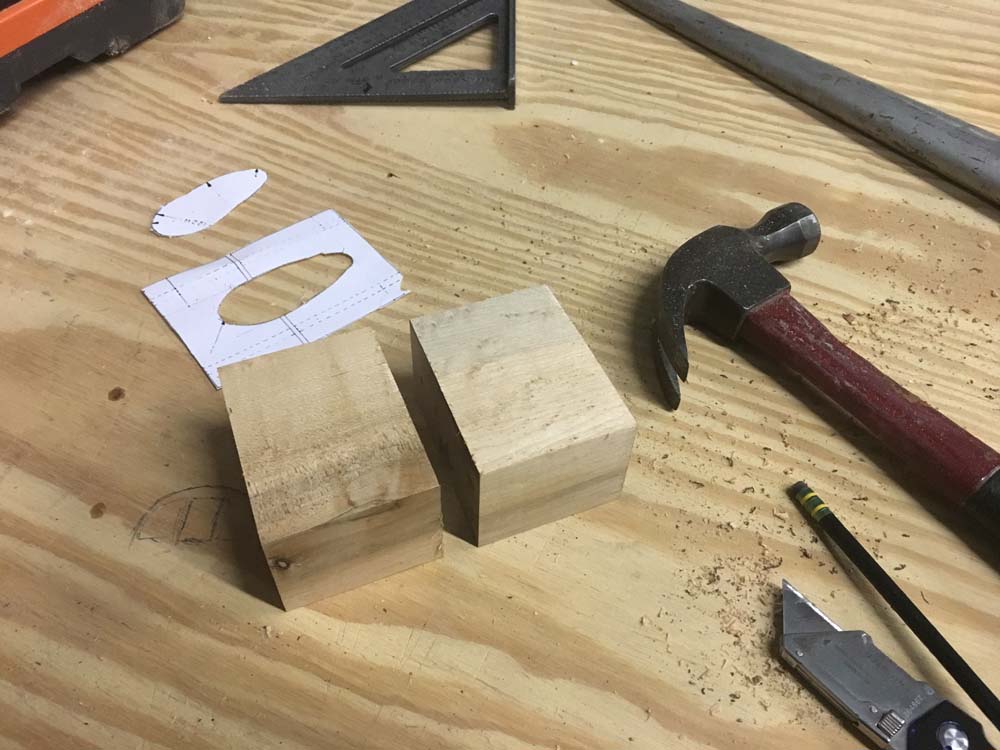
Using a printed template, the curvature of the antenna was traced and cut out of the blocks. The cuts were rough and rather small, the bulk of the work actually being done on the sanding table.
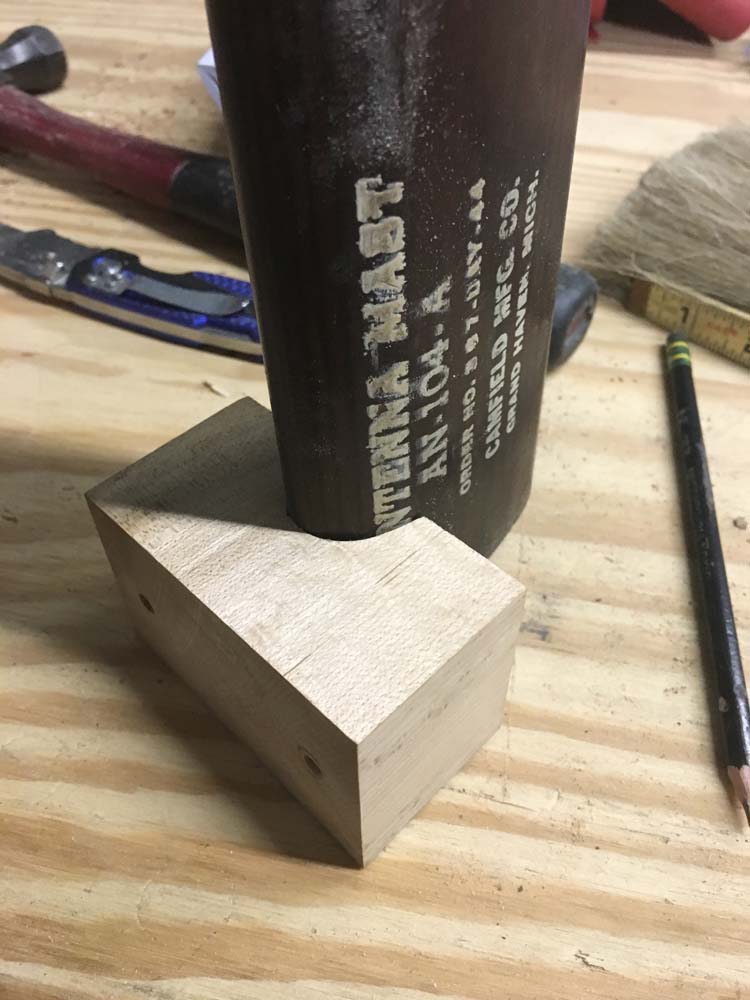
Once the basic template had been replicated, the fit of the blocks was fine-tuned to ensure a perfect fit to the antenna.
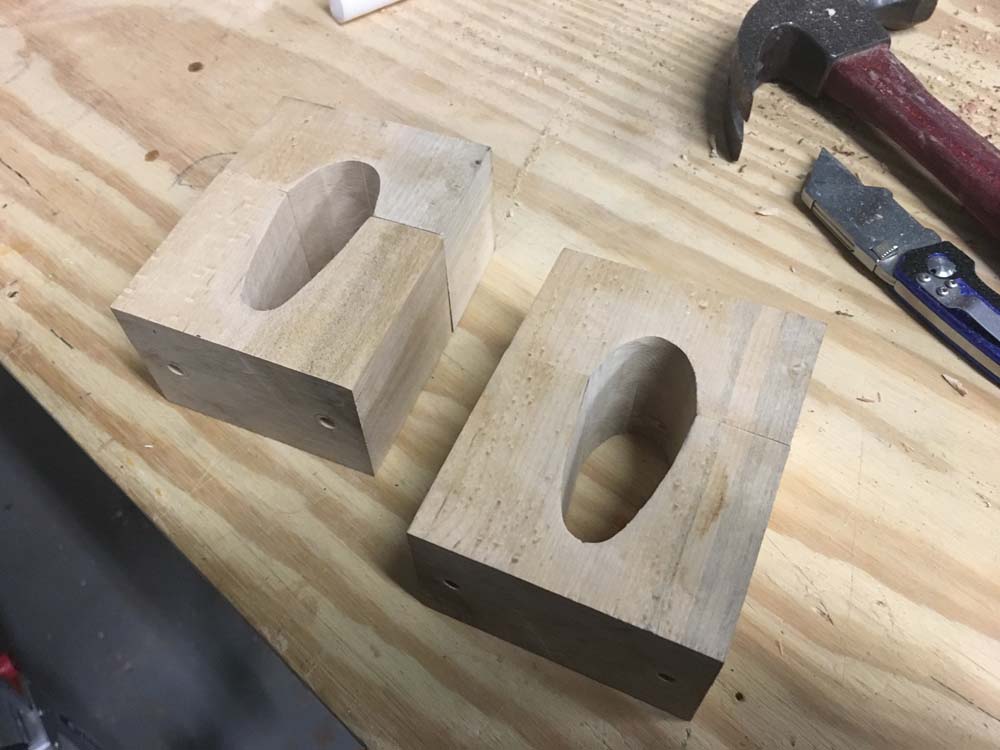
The finished mounts.
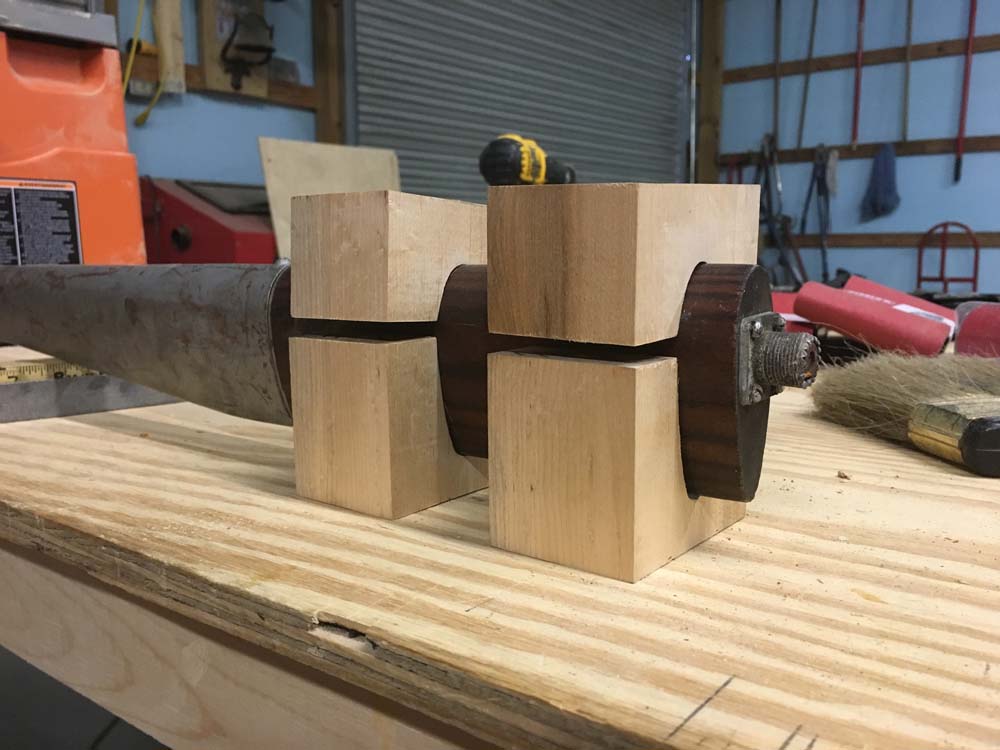
A perfect fit that matches the blueprints exactly.
If you are interested in helping rebuild Lucky Thirteen‘s radio systems, please let us know.
